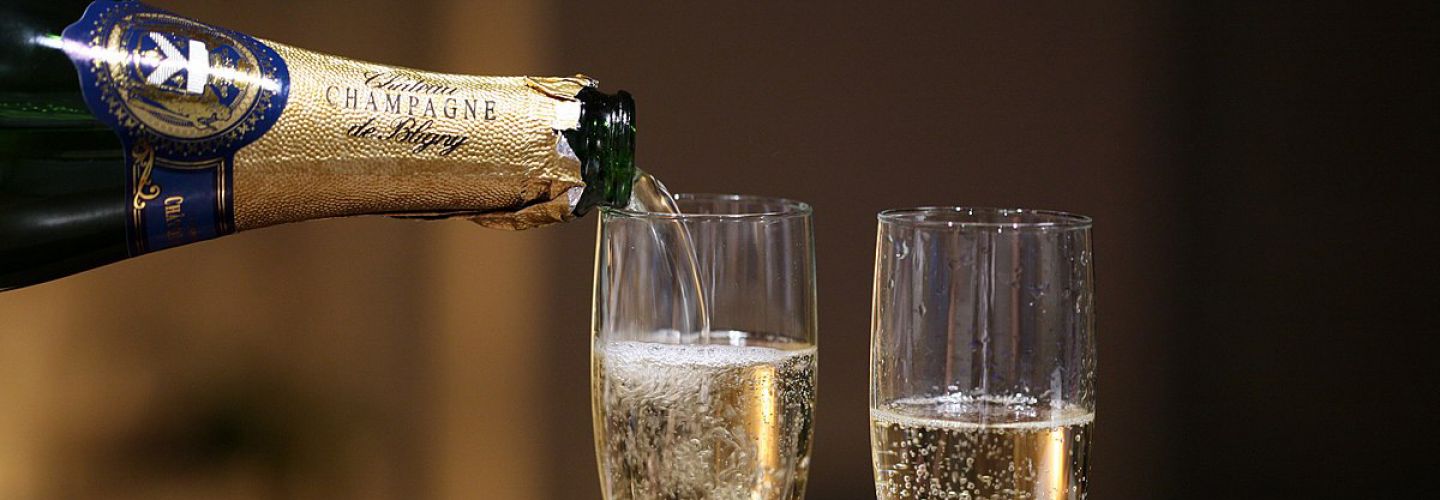The City Law School’s Dr Enrico Bonadio and Alicante University's Magali Contardi comment on an action which has attracted harsh criticism from French champagne producers.
By City Press Office (City Press Office), Published

By Dr Enrico Bonadio and Magali Contardi (re-published from The Conversation)
Earlier this month, Russian President Vladimir Putin signed an amendment to a federal law reserving the use of the Russian term for champagne – Шампанское (shampanskoye) – to sparkling wines produced in Russia.
 Putin’s move has caused a stir with French producers, as it will require them to use the generic term “sparkling wine” on the back of their bottles sold in Russia.
Putin’s move has caused a stir with French producers, as it will require them to use the generic term “sparkling wine” on the back of their bottles sold in Russia.
“Sovietskoïé shampanskoye” is the Russian word established under Stalin rule in the 1920s that describes a cheap and low quality sparkling wine available in Russia. Its production method is different from the one used in France.
One could argue that obliging French champagne producers to add the generic term “sparkling wine” to their bottles and preventing them from using “shampanskoye” would violate international intellectual property law. It may also be considered discriminatory, as only Russian producers would be able to use the Cyrillic term for champagne.
The Champagne Committee, the trade association that represents the interests of French producers in the Champagne region, said that banning the use of this internationally protected brand is “scandalous”. The statement noted that the “Champagne” brand is protected in over 120 countries.
 The new legislation appears to have been introduced without expert consultation, and has been widely mocked by champagne drinkers on social media: “Now it’s necessary to ban Scots and Americans from using the word "whisky”, joked restaurateur Sergei Mironov.
The new legislation appears to have been introduced without expert consultation, and has been widely mocked by champagne drinkers on social media: “Now it’s necessary to ban Scots and Americans from using the word "whisky”, joked restaurateur Sergei Mironov.
Putin’s move has, unsurprisingly, attracted harsh criticism from French champagne producers, who are protected by intellectual property rules established by the World Trade Organization (WTO). These rules – to which Russia is bound – are supposed to give them a strong monopoly over the use of their brand.
Major French producers like Moët Hennessy have expressed disappointment about the new provision, followed by a general call from the industry to suspend shipments to Russia.
The label change will cost the champagne industry hundreds of thousands of euros to obtain the new certification as well as further laboratory tests, new barcodes and labels for bottles.
Russian products for Russia
The Russian market for champagne ranks 15th globally, but it is still important because Russians tend to buy expensive bottles.
Russia imports around 50 million litres of sparkling wines and champagnes each year, 13% of which is champagne from France. In 2020, French champagne exports to Russia rose by nearly 10% to almost 1.9 million bottles, and were up by around 2% in value, to €35 million (£29.9 million).
Commentators have pointed out that the new rule has a hidden protectionist rationale, favouring sparkling wine producers in the south of Russia (Krasnodar) and Crimea (which was annexed by Russia in 2014). The Association of Russian makers of sparkling wines stated that around 250 million of their bottles are sold annually in the domestic market.
This is not the first time Russia has introduced measures favouring national manufacturers. In 2014, imports of foreign foods like Parmesan and Gouda cheeses and Iberian ham were restricted to promote local producers. And in 2017, a law was introduced raising excise duty on foreign sparkling wines.
A WTO dispute in sight?
France’s foreign trade minister Franck Riester raised the possibility of starting a legal action against Russia at the WTO to defend the interests of French champagne producers.
The EU sided with France: “We will do everything necessary to protect our rights and take the necessary steps”, European Commission spokeswoman Miriam Garcia Ferrer said.
The WTO treaty which protects brands explicitly prohibits states from introducing special requirements – such as the obligation to translate a brand to the local language – that would “unjustifiably encumber” the use of such trademarks.
This rule was unsuccessfully invoked by opponents of an Australian measure introduced in 2012, which requires tobacco manufacturers to remove colourful, eye-catching logos from their packaging.
